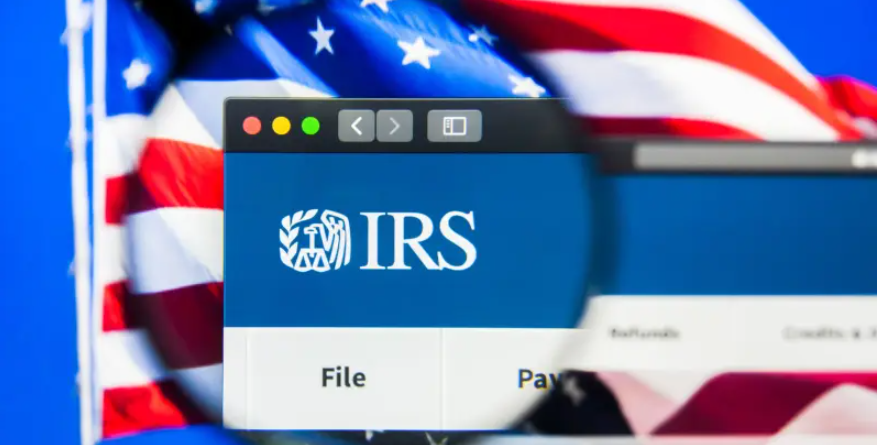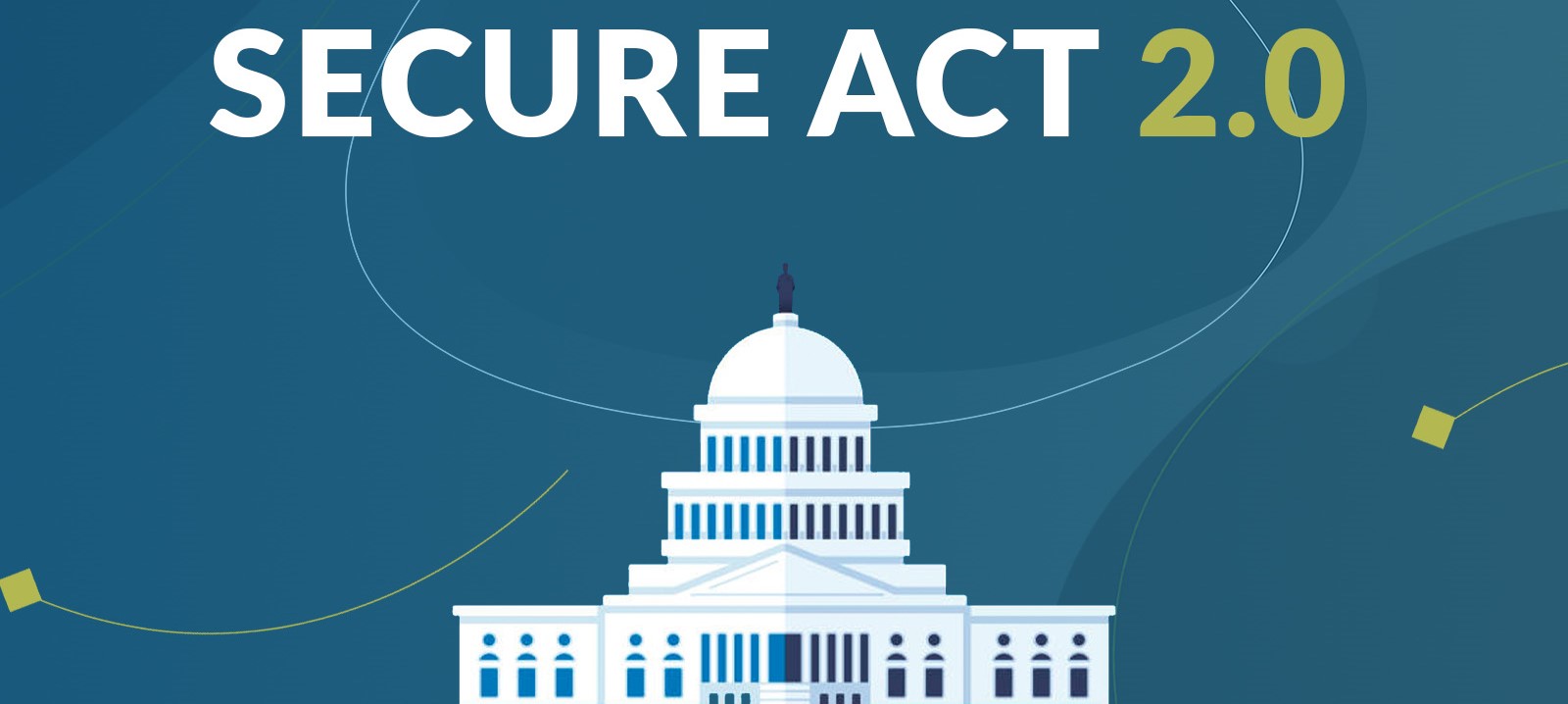The August 28, 2023, Slott Report summarized IRS Notice 2023-62, where the IRS delayed the effective date of the SECURE 2.0 rule requiring catch-up contributions by higher-paid older employees to be made on a Roth basis. The postponement until January 1, 2026, was in response to persistent complaints by recordkeepers and employer plan lobbyists. They argued it would be impossible to meet the original January 1, 2024, effective date for the new rule. The delay means that until 2026, plans can continue to accept pre-tax catch-up contributions from all employees (including high-paid).
The Roth catch-up mandate raised several questions that the IRS preliminarily addressed in Notice 2023-62:
- The Roth mandate applies only to employees with “wages” exceeding a dollar threshold from the employer in the preceding year.
(The threshold for 2023 wages would have been $145,000 in 2024.)But self-employed persons have self-employment income, not wages. So, if a self-employed individual’s income exceeds the dollar limit from the prior year, must he make catchups on a Roth basis? Surprisingly, the IRS said no. Only high-paid workers with actual “wages” are subject to the Roth rule. The IRS also confirmed that “wages” means wages subject to FICA; that is, amounts reported on Box 3 (not Box 1) of W-2. - What if an employee subject to the Roth catch-up requirement makes an election to make catchups on a pre-tax basis? The IRS allows plans to automatically treat the election as a Roth catch-up.
- Sometimes, more than one employer sponsors a 401(k) plan. If an employee earned wages from more than one sponsoring employer in the preceding year, should we aggregate her wages for purposes of the dollar threshold? The IRS said no. For example, assume Companies A and B both sponsor the same 401(k) plan, and the Roth mandate in 2026 applies to someone with 2025 wages in excess of $150,000. Sandy changed jobs from Company A to Company B in 2025 and had $100,000 of wages from Company A and $125,000 wages from Company B. Sandy, an employee of Company B in 2026, isn’t subject to the Roth mandate because we only take into account her 2025 Company B wages ($125,000) – not the combined $225,000.
- What will happen to a plan in 2026 that doesn’t already offer Roth contributions and doesn’t want to add them? (After all, 401(k) Roth contributions are optional.) Furthermore, can the plan exclude Roth contributions and limit catch-up contributions to lower-paid employees (pre-tax)? Or must the plan eliminate catchups for all employees? Here, the IRS punted and asked for comments from the public before deciding.
We’ll let you know when the IRS issues official guidance on these issues.
By Andy Ives, CFP®, AIF®
IRA Analyst











